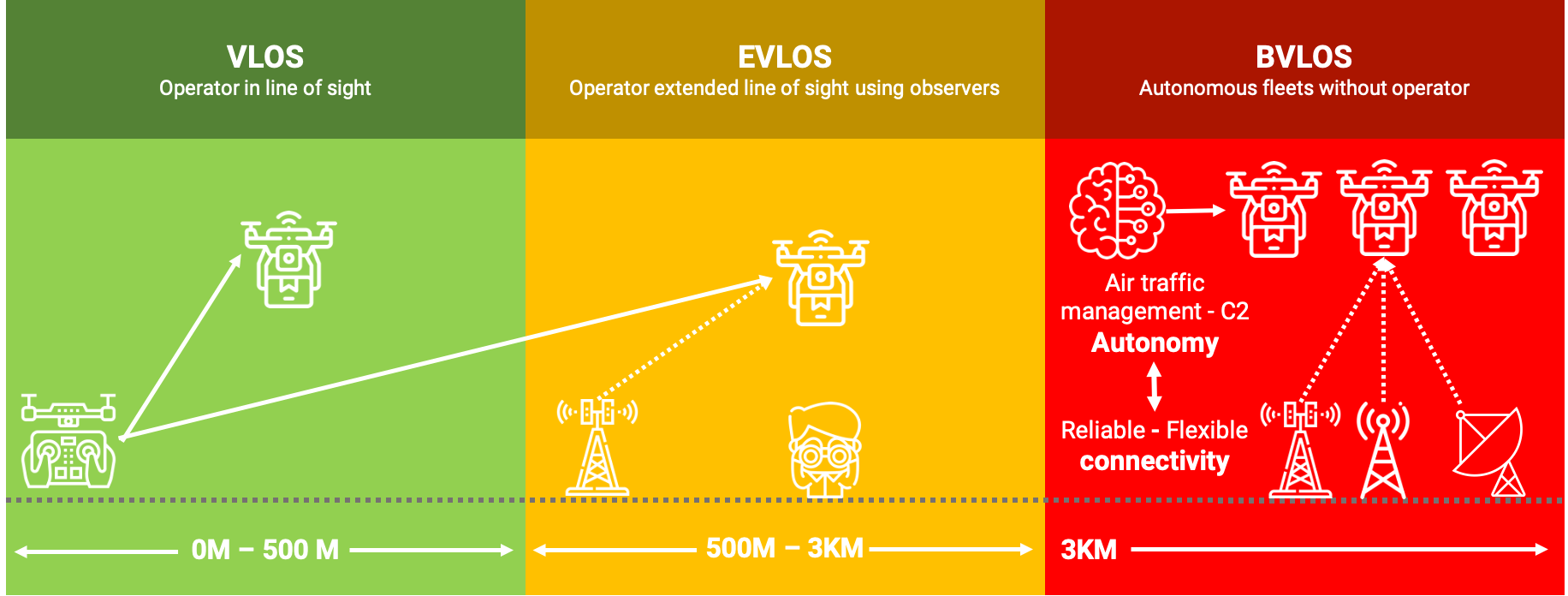Drone Remote Identification systems could hold the key to solving the mystery drone sightings which have gripped New Jersey in the United States, according to Yoav Amitai, Chief Executive Officer of drone communications company Elsight Ltd (ASX: ELS).
Mr Amitai said Drone Remote ID – which is the digital equivalent of an automobile licence plate – could assist law enforcement, the Federal Aviation Administration and anyone with the appropriate mobile application, in finding the controller of a drone which would assist authorities in identifying any mystery flights.
A Drone Remote ID typically includes the aircraft serial number, its position, altitude, and velocity. It also reveals the position of the operator, or the drone’s takeoff position.
The US FAA mandated that all drones weighing more than 250 grams must be registered and Remote ID-compliant by March 2024. However, analysis at the time suggested that five out of seven manufacturers analysed fell short in remote ID requirements.
The US laws exempt drones operated by the US military and public safety agencies with specific security requirements subject to FAA approval.
“This technology would enable authorities, or interested parties, to identify drones in flight and the locations of their controllers,’’ Mr Amitai said.
“Drone Remote ID technology provides the groundwork for the safety and security foundations required for complex drone operations.’’
“Elsight’s Halo connectivity platform also provides remote ID technology and communications required to operate unmanned vehicles beyond the visual line of sight,’’ Mr Amitai said.
Concern over the New Jersey flights prompted US President-elect Donald Trump to call on the Government to detail to the public what it knows about the flights.
European air regulators also require drone registration and Remote ID, while Australia’s Department of Infrastructure has released a discussion paper on Remote ID and is still considering its position.
Mr Amitai said the Elsight Remote ID technology was built into its Halo communications platform and had no impact on the size, weight, and power of the drone.
“It provides complete compliance with all US FAA and EASA requirements and the Declaration of Compliance has been accepted by the US FAA,’’ Mr Amitai said.
Mr Amitai said Halo’s robust multi-link connectivity would enable the scaling up of drone flights necessary to support a predicted major increase in the number of drone deliveries worldwide over the next two decades.
“Complete connection confidence is a necessary component in flying beyond the visual line of sight for the navigation and safety of unmanned vehicles. In fact, our Halo system has already proven its reliability in extensive use cases around the world in what is known as beyond the of visual line of sight or BVLOS flights,’’ Mr Amitai said.
Elsight’s partner DroneUp has recently announced a major milestone in its drone delivery efforts in the United States, securing a Part 135 air carrier certification from the Federal Aviation Administration (FAA) which will allow DroneUp to deliver third party goods using drones Beyond Visual Line of Sight (BVLOS) in populated areas.
Related
Discover more from sUAS News
Subscribe to get the latest posts sent to your email.

